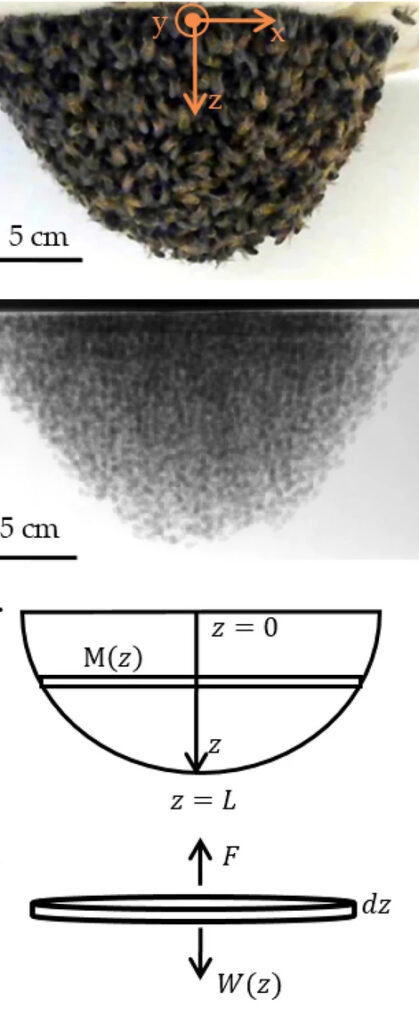More Bumblebee Ball Play
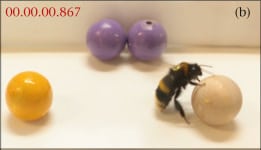
Is this bee having fun?
A team led by Hiruni Samadi Galpayage Dona of Queen Mary University/London has documented ball-rolling activity by Bombus terrestris (a bumblebee species) which appears to meet the biological criteria for "play." They found that ball rolling (1) did not contribute to immediate survival strategies, (2) was intrinsically rewarding, (3) differed from functional behaviour in form, (4) was repeated but not stereotyped, and (5) was initiated under stress-free conditions. Younger bees were more likely than older individuals to engage in the activity. The scientists conclude: "Our results contribute to the question of sentience in insects and lend further support for the existence of positive affective states [Ed note: a.k.a. feelings] in these animals." [More info]
Honey bee venom: Royal jelly proteins and antimicrobial effects
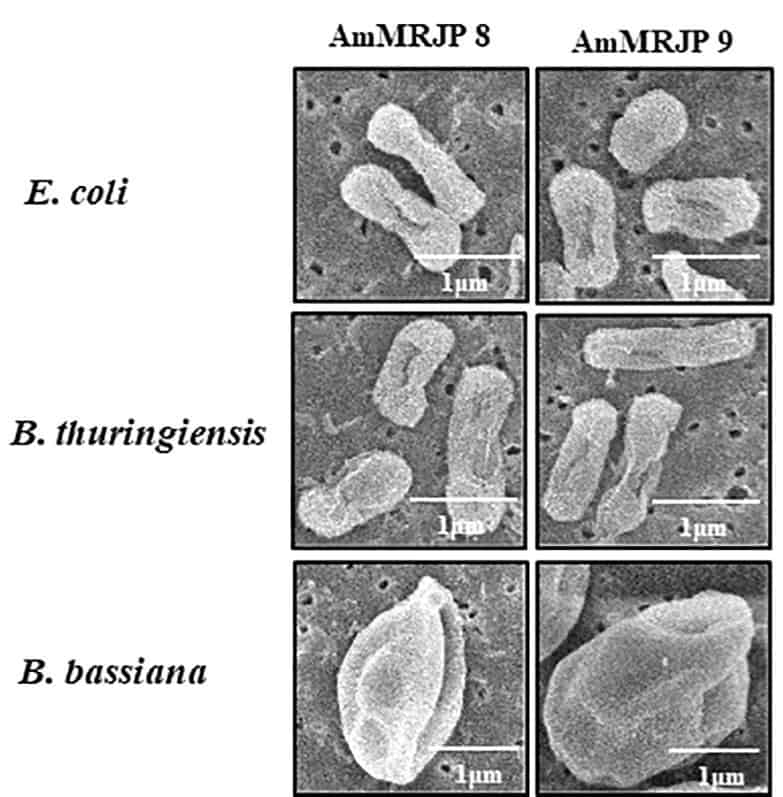 In a discovery that may be particularly interesting in the area of apitherapy, scientists at College of Natural Resources and Life Science, Dong-A University in Korea have discovered two proteins found in royal jelly (AmMRJP 8 and AmMRJP 9) in honey bee venom, and have demonstrated antimicrobial effects from these proteins, including both antibacterial and antifungal activities.
In a discovery that may be particularly interesting in the area of apitherapy, scientists at College of Natural Resources and Life Science, Dong-A University in Korea have discovered two proteins found in royal jelly (AmMRJP 8 and AmMRJP 9) in honey bee venom, and have demonstrated antimicrobial effects from these proteins, including both antibacterial and antifungal activities.
Honeybee venom is a complex mixture of toxic components, including major royal jelly protein (MRJP) 8 and 9. MRJP 8 and MRJP 9 are allergens, and MRJP 8 reduces melittin-induced cell apoptosis (cell death). Until now, their functional roles were poorly understood, and their antimicrobial activities had not been determined. [More info]
Bee Venom Chemotherapy?
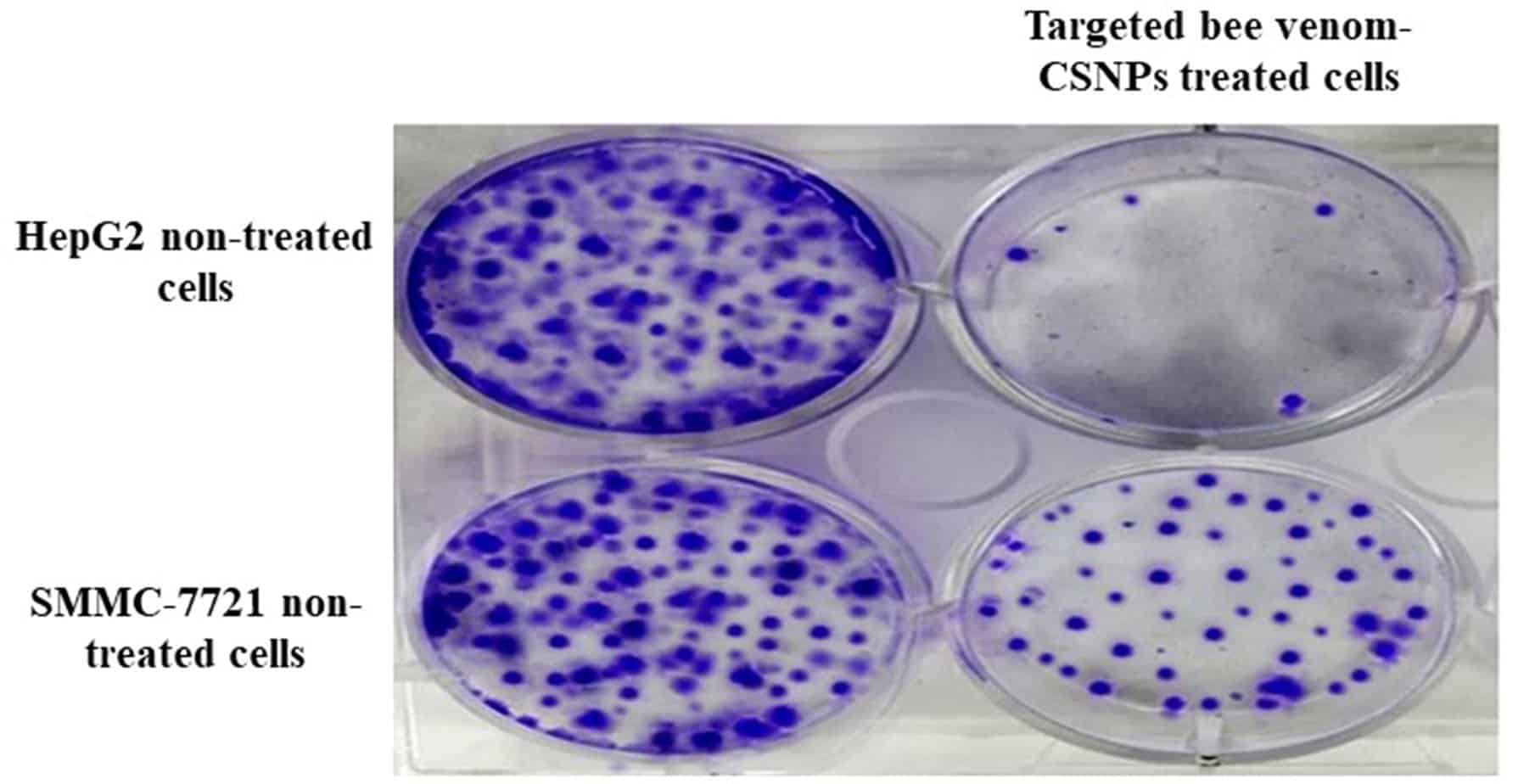 Hepatocellular carcinoma (HCC) is one of the world’s most risky diseases due to the lack of clear and cost-effective therapeutic targets: a team at Alexandria University in Egypt has found a means of using specially targeted bee venom to destroy cells in such tumors with high efficacy and low toxicity. It appears that cells are more able to take up this venom than other available therapies. In mice who were given this disease, it has anti-cancer properties against tumor tissue. It also improved liver function and architecture without causing any noticeable toxic side effects.
Hepatocellular carcinoma (HCC) is one of the world’s most risky diseases due to the lack of clear and cost-effective therapeutic targets: a team at Alexandria University in Egypt has found a means of using specially targeted bee venom to destroy cells in such tumors with high efficacy and low toxicity. It appears that cells are more able to take up this venom than other available therapies. In mice who were given this disease, it has anti-cancer properties against tumor tissue. It also improved liver function and architecture without causing any noticeable toxic side effects.
The study concludes, "This cancer-targeted design of bee venom-CSNPs presents a new technique for treating liver cancer in vitro and in vivo with greater efficacy and fewer side effects than native bee venom, implying that targeted bee venom-CSNPs should be studied further as a chemotherapeutic agent for human malignancies." [More info]
The Structure of Honey Bee Swarms and the Future of Building Materials?
A recent study published in Nature by a team led by Olga Shishkov of the University of Colorado/Boulder looks at honeybees for insights on how to build the flexible, viable structures of the future. Imagine a time where building materials–perhaps whole structures–are made up of tiny semi-autonomous, collaborative and adaptive nanobots: structures capable of reacting to earthquakes, hurricanes, and other environmental changes? This is what every honeybee swarm can do, thousands of individual bees at a time.
Bees certainly interact directly with each other, and can react to local changes, but how do swarms form and reform so easily and in such a stable fashion? Orit Peleg, a researcher on the team, says "What we are trying to understand is how do they coordinate, forming a structure that maintains mechanical stability, which usually demands the simultaneous coordination of everybody involved?"
The researchers placed swarms of bees into small CT scanners in order to determine their internal structure. They found that bees can distribute the load throughout the entire swarm instead of solely on the bees closest to the branch. They also found that the bees can easily regroup if a branch is shaken (as any beekeeper can tell you!)
Continuing observation and replication of these behaviors using artificial intelligence may create a new generation of intelligent materials to replace the static bricks and mortar of our lives today.
Honey Bees Show a Taste for Soybean
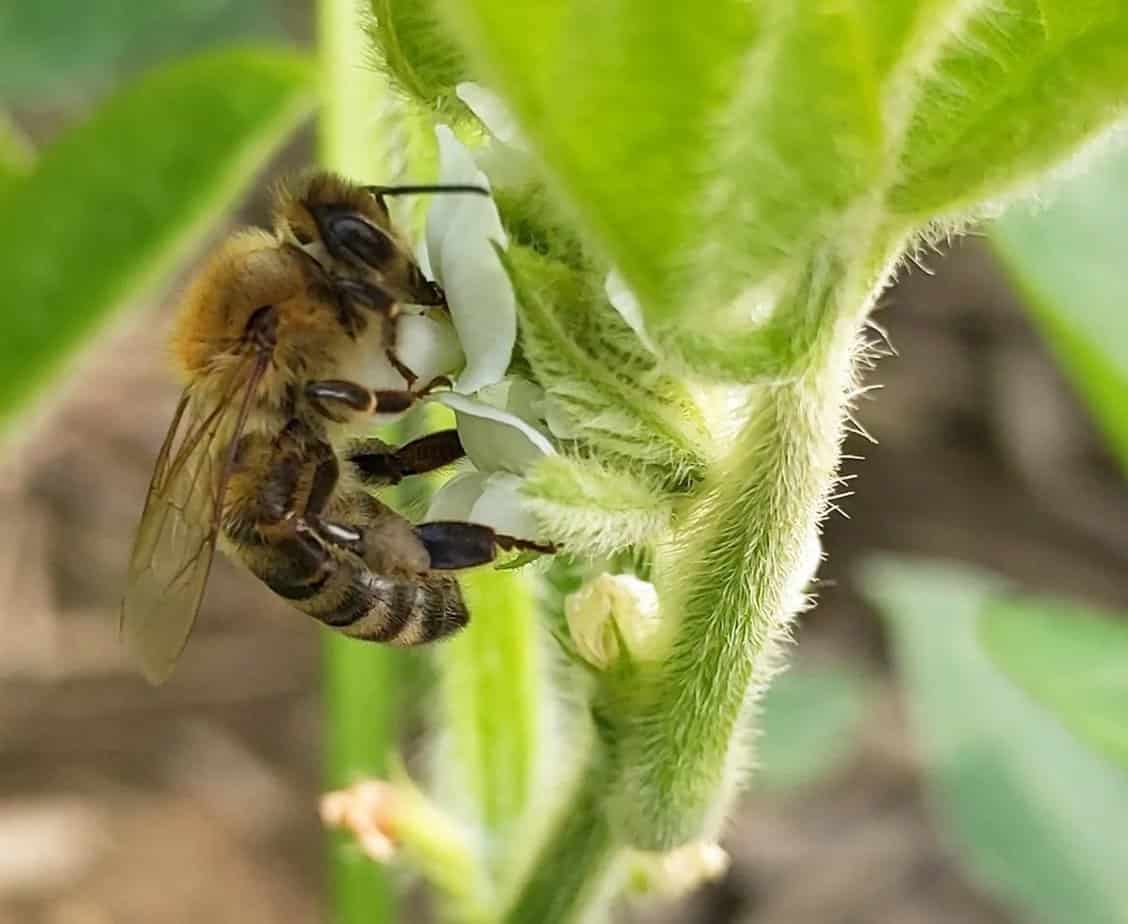 Ohio University scientists want us to know that honey bees like soybean alot more than we might think they do. “Future research efforts aimed at enhancing mutual interactions between soybeans and honey bees may represent an unexplored pathway for increasing soybean production while supporting honey bees and other pollinators in the surrounding landscape,” the researchers write in a study published in September in the Journal of Economic Entomology.
Ohio University scientists want us to know that honey bees like soybean alot more than we might think they do. “Future research efforts aimed at enhancing mutual interactions between soybeans and honey bees may represent an unexplored pathway for increasing soybean production while supporting honey bees and other pollinators in the surrounding landscape,” the researchers write in a study published in September in the Journal of Economic Entomology.
Honeybees are not often spotted on soybean, though it might just be hard to see them beneath thick greenery, and it appears that different strains produce nectars in different amounts, making some much more attractive than others.
The researchers used pollen analysis and decoding of waggle dances to determine forage behavior, finding soybean pollen in about 55% of samples. They also compared the presence of soybean pollen against other forage plants within the same (or closer) range of the hives. Says Lin, “There is no doubt that the extensive areas of flowering soybeans can supply a substantial nectar flow for bees in mid-summer. Our next big question is, how do we harness the pollination services provided by bees to increase soybean yield? We are currently working with soybean farmers and beekeepers to study management strategies that will benefit both stakeholders and improve sustainability."
Swarms generate more electricity per meter than a storm cloud
Biophysics researcher Dr. Ellard Hunting of the University of Bristol was surprised one day when he and his team detected a surge in the electrical field near their weather tracking station out of a clear blue sky. Turns out that it was not a thunderstorm, but a swarm of bees.
Hunting explained, “When I looked at the data, I was kind of surprised to see that it had a massive effect.” The team eventually determined that swarms of western honeybees can generate an electric charge of 1000 volts per meter, a voltage density greater than thunderstorm clouds and electrified dust storms. Beekeepers know that plumose body hairs on bees generate static and the bees use electrical fields to navigate, but a voltage of this magnitude had never been documented in swarming honeybees before.
What does this mean? According to the study, "Insects can have similar effects on atmospheric electricity as weather events."
Robotic Beekeepers?
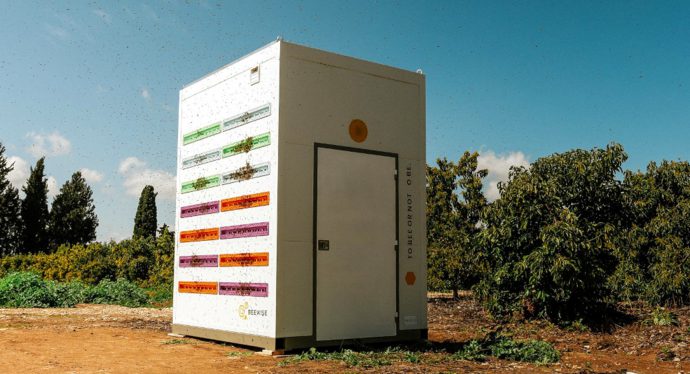 Honeybees have been the darlings of engineers and Artificial Intelligence (AI) researchers for years (if not decades), but what of their keepers? Might the age of the AI beekeeper be at hand? Israeli startup Beewise has introduced an autonomous hive called the Beehome capable of housing 48 colonies, constantly monitoring activity within the hive and learning from beekeepers’ actions.
Honeybees have been the darlings of engineers and Artificial Intelligence (AI) researchers for years (if not decades), but what of their keepers? Might the age of the AI beekeeper be at hand? Israeli startup Beewise has introduced an autonomous hive called the Beehome capable of housing 48 colonies, constantly monitoring activity within the hive and learning from beekeepers’ actions.
According to Beewise, "The Beehome has cameras inside of it, robotic arms, sensors and other systems, that allow it to execute what a Beekeeper would normally do. The robotic arms within Beehome treat pests, feed, prevent swarming from happening and more, similar to what a Beekeeper would have done. Beekeepers can also remote control the Beehome over the web so they have full flexibility with the upkeep of their colonies."
The Beehome costs $400 per month (for the 24-colony model) with a delivery fee of $2,000. It stands 8 feet X 6.5 feet X 6.5 feet and weighs less than a ton But don't grab your credit card: the company is currently working only with commercial beekeepers managing more than 1,000 colonies.
[Return to November 2022 BeeLine newsletter]


